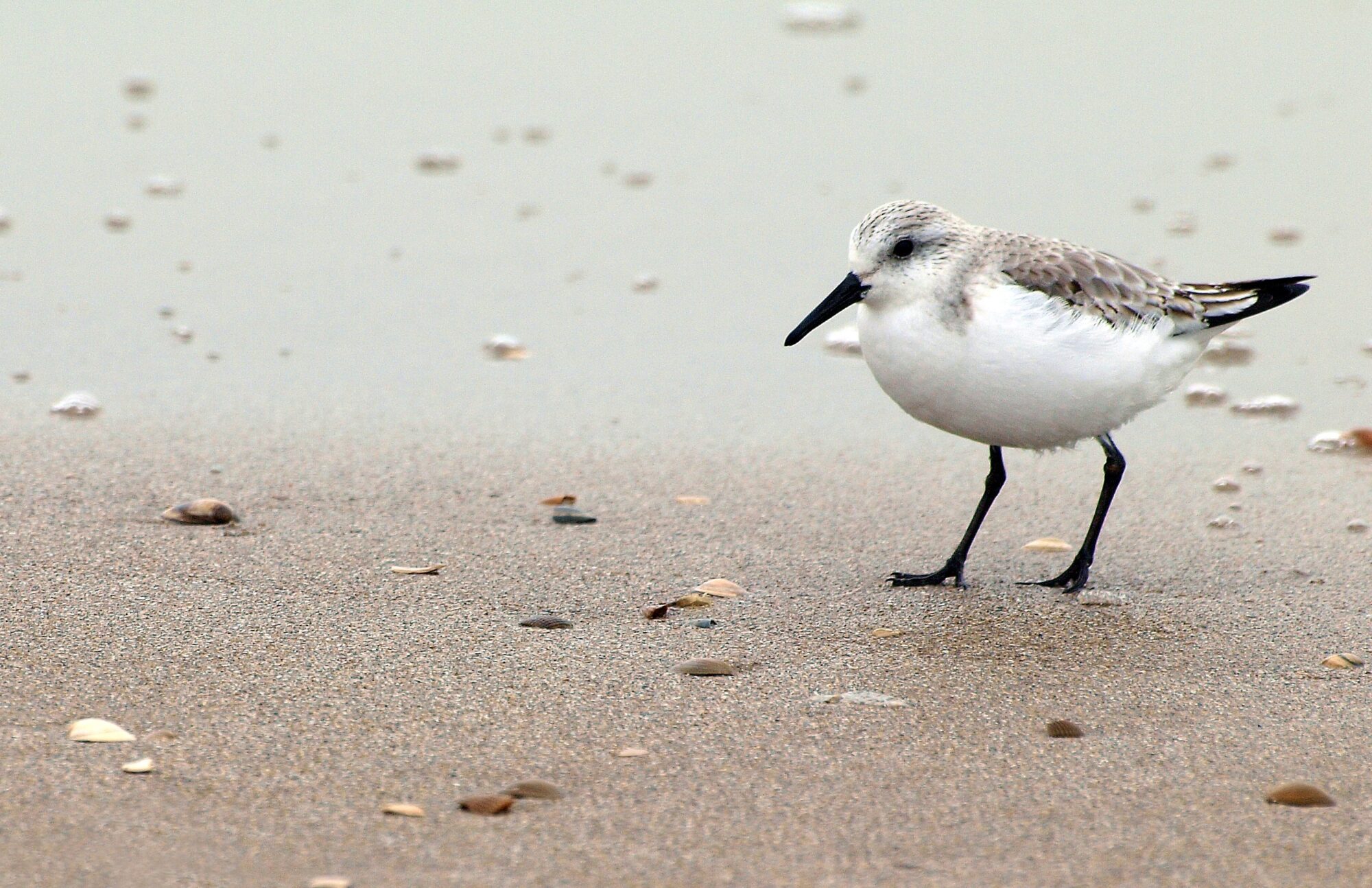I know it’s only February, but I figured if the shops can start stocking Easter paraphernalia from the second week of January, I’m not really being premature in bringing this up now.
And what’s prompted me to do so is the number of people who are questioning the rabbit’s relevance to Easter, especially here in Australia where the quest in on to replace the Easter Rabbit with the Easter Bilby (one of our native animals and currently on the endangered list). But cute as the bilby is, it has no connection to the Easter tradition. What is really surprising though is the number of people who have absolutely no idea how the bunny (or even the eggs for that matter) came to be associated with Easter in the first place and those who have decided to look into it have restricted their research to the Bible! No disrespect to the Good Book, but you won’t find the connection there because the rabbit, the eggs, and the celebration of spring predates the Christian associations with Easter by centuries.
The early Christian church did much to stamp out the old pagan religions and their festivities, and one of it’s methods was the deliberate act to obliterate them via dumping Christian saints’ days and/or other church celebrations smack bang on the same dates as popular festivals celebrated on the Celtic and Old Norse calendars. The Christians ones stuck, but the older celebrations persisted and are still celebrated today amongst like-minded people throughout the world.
Which brings us around to the bunny. Prior to the Christian celebration of Easter, with it’s focus on the death and resurrection of Christ, was the much older festival of Ostara, which celebrates the Spring Equinox. After the long hard northern winters, the first day of spring was greeted with much joy and Ostara was all about rebirth, fertility, and ritual to ensure good fortune and fruitfulness in the things that mattered; like crops and livestock, pregnancy and childbirth, and nature awakening after its long winter sleep.
Central to the celebrations of Ostara was the goddess, Eostre, and her companion pet, a hare. Obviously not of the average garden variety, this hare did something remarkable and laid an egg, a beautiful multicoloured egg, and from that moment on, brightly painted eggs (some real, some made of wood or other materials) became popular gifts to present to family and friends to bring them not only general good fortune, but to also wish them success with the sowing of crops, fertility with their herds and baby luck for couples hoping to conceive. Hence the Festival of Ostara being the celebration of all things spring (even though it falls in autumn here) and the hare/bunny having a majorly traditional role in the event.
I hope this clarifies the role of the Easter Rabbit now, and why he is known world wide as the figure who delivers the eggs. He is an old, old tradition that predates the Christian story and to be honest, I doubt he’s on the way out. The bilby may eventually become an Easter presence here in Australia, but I don’t think it will usurp the bunny any time soon. Probably not at all, and I’m glad of that. The bunny has the historical connection. And what’s wrong with the bunny anyway?
Nothing as far as I can see.
